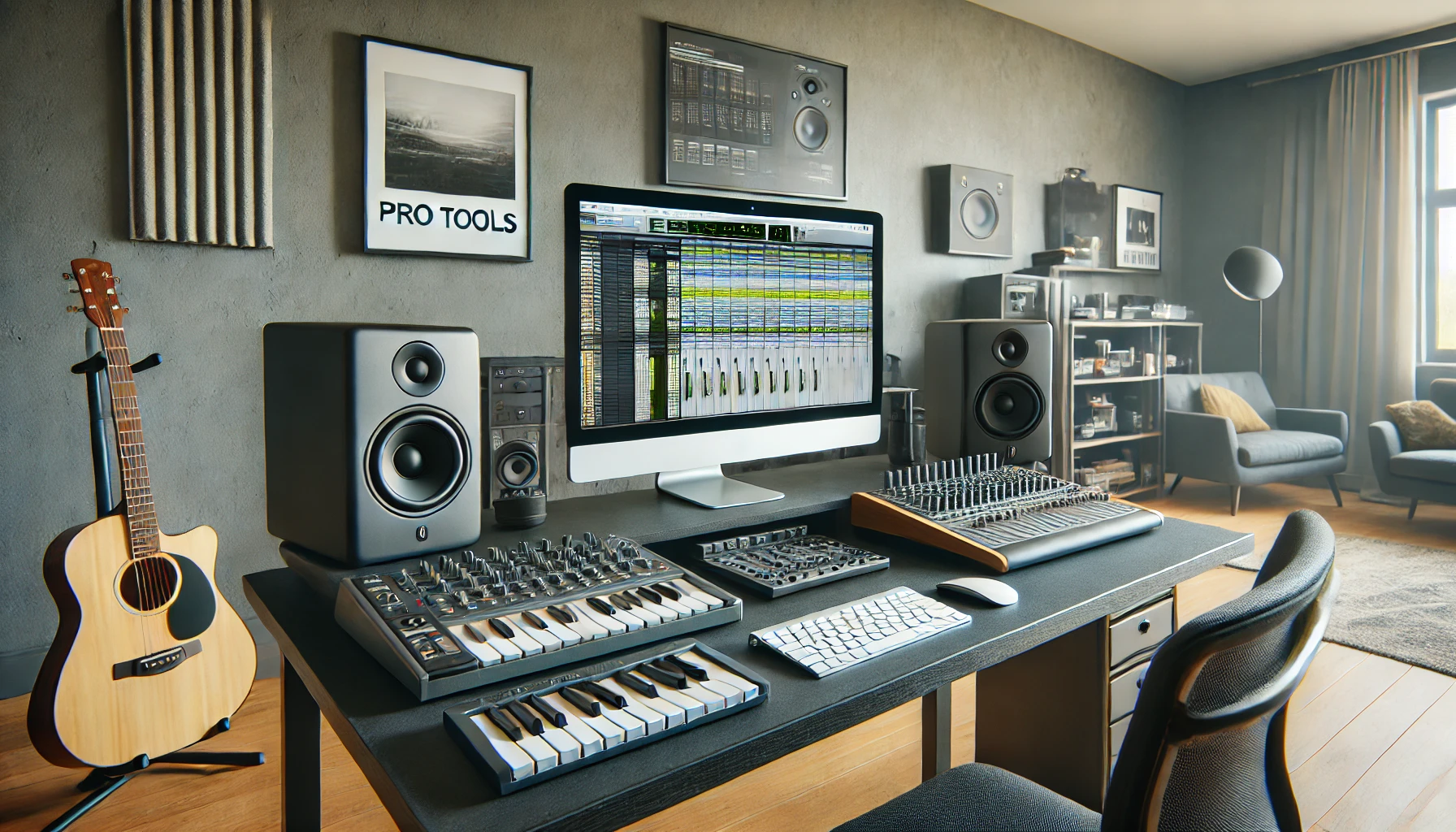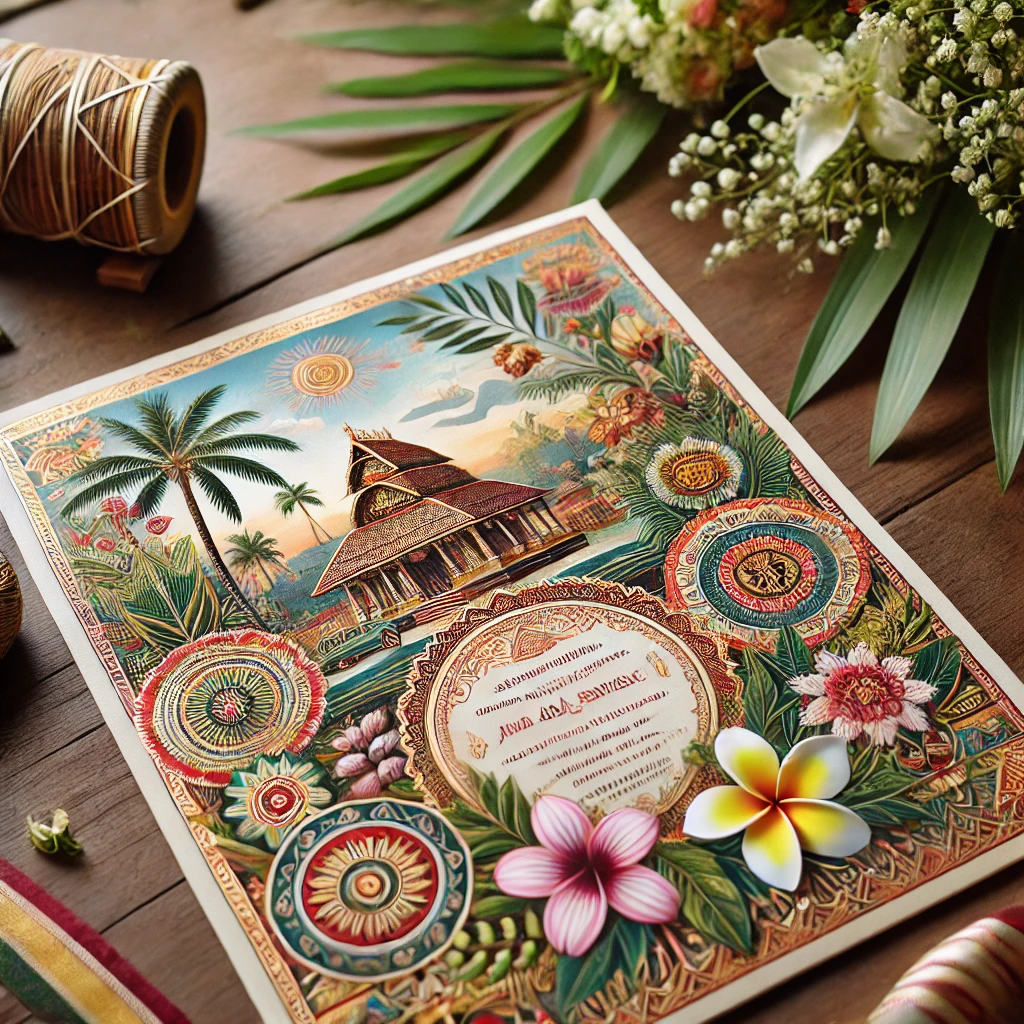
The Evolution of Fashion Trends
The Evolution of Fashion Trends:
(From Icons of the Past to Today's Trends)
Fashion is not just about clothing; it's a reflection of societal norms, cultural shifts, and individual expression. Over the decades, fashion trends have evolved in response to changing tastes, technological advancements, and global influences. In this blog post, we will take a journey through time, tracing the evolution of fashion trends from iconic styles of the past to emerging trends shaping the fashion industry today.
Icons of the Past:
Fashion has always been a dynamic expression of identity and status. In ancient civilizations, such as Egypt and Greece, clothing was used to signify social standing and religious beliefs. Fast forward to the Middle Ages, and elaborate garments were indicative of wealth and nobility. The Renaissance period saw a revival of classical aesthetics, with ornate fabrics and intricate details adorning the attire of the elite.
The 20th century brought about significant changes in fashion, with each decade leaving its mark on the sartorial landscape. The 1920s introduced the Jazz Age with its flapper dresses and Art Deco influences. The 1950s embraced feminine silhouettes with full skirts and hourglass shapes, while the 1960s ushered in the era of mod fashion and psychedelic prints. The 1980s were characterized by bold colors, oversized silhouettes, and power dressing, reflecting the socio-economic climate of the time.
Adaptation and Innovation :
As we moved into the 21st century, fashion trends became more fluid and eclectic, influenced by a myriad of factors such as globalization, technology, and social media. The rise of fast fashion accelerated the pace of trend cycles, with new styles emerging at a rapid pace and consumers seeking constant novelty.
One of the defining trends of the early 2000s was the fusion of high fashion and streetwear, epitomized by brands like Juicy Couture and Von Dutch. This era also saw the rise of celebrity culture, with influential figures like Paris Hilton and Britney Spears shaping fashion trends with their iconic looks.
In recent years, sustainability and ethical fashion have become increasingly prominent in the industry. With growing awareness of the environmental and social impacts of fashion production, consumers are demanding transparency and accountability from brands. This has led to the rise of eco-friendly materials, circular fashion initiatives, and a shift towards slow fashion principles.
Emerging Trends Shaping the Fashion Industry Today:
Today, fashion trends are influenced not only by designers and celebrities but also by social media influencers and digital platforms. The democratization of fashion has led to greater diversity in styles and aesthetics, with niche communities and subcultures gaining visibility online.
Streetwear continues to be a dominant force in the fashion industry, blurring the lines between luxury and casual wear. Sneaker culture, in particular, has exploded in popularity, with limited-edition releases generating hype and demand among consumers.
Sustainability and inclusivity are driving forces shaping the future of fashion. More brands are embracing diversity in their marketing campaigns and expanding their size ranges to cater to a wider range of body types. Additionally, advancements in technology, such as 3D printing and virtual fitting rooms, are revolutionizing the way garments are designed, produced, and consumed.
In short, the evolution of fashion trends is a testament to the ever-changing nature of culture and society. From the icons of the past to the emerging trends of today, fashion continues to evolve and adapt to the needs and desires of consumers. By embracing sustainability, inclusivity, and innovation, the fashion industry has the opportunity to shape a more equitable and sustainable future for all.




